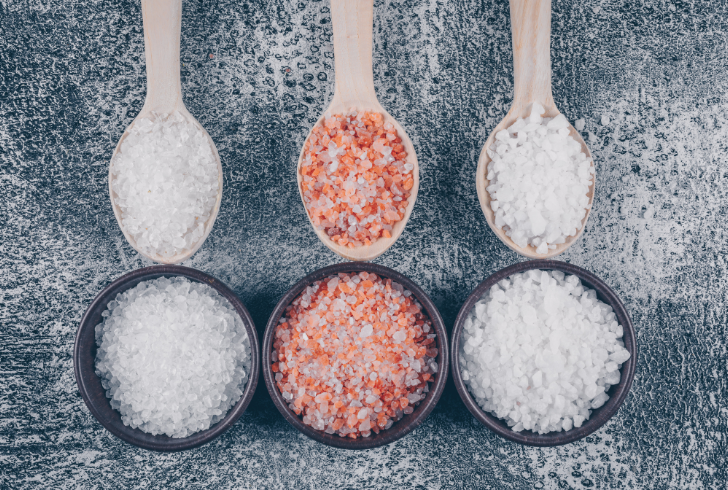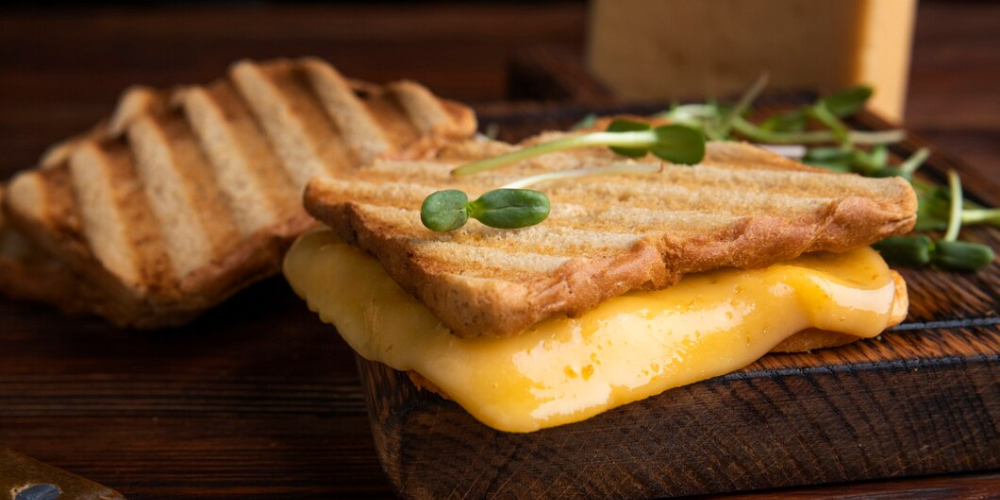Ever wondered why some dishes taste incredibly good while others feel just okay? Chef Janon Bourgeois has a fascinating answer, it all comes down to science. From the kind of salt used to the timing of seasoning, every element plays a vital role in how flavors develop.
Chef Janon explains that food isn’t just about ingredients; it’s about how each one interacts to enhance flavor, texture, and overall satisfaction.
The Ingredient That Changes Everything
According to Chef Janon, the real secret behind mouthwatering food is simple, salt. While it sounds basic, salt does far more than make food salty. It balances flavors, enhances natural sweetness, and even affects texture. In professional kitchens, chefs know exactly how much to use and which type makes the biggest difference.
Restaurant meals often taste better because they use more salt and understand how to use it strategically. Chef Janon points out that home cooks often underestimate how much salt dishes actually need. However, it’s not just about the amount, it’s about the type of salt used and when it’s added.
Understanding Different Types of Salt
Chef Janon introduces various salts that completely change the way food tastes. The common iodized salt found in most homes has tiny granules and a distinct metallic flavor due to iodine. While it’s good for thyroid health, there are many alternatives that can elevate flavor without overpowering a dish.

Freepik | 8photo | Ditching the metallic flavor of iodized salt, Chef Janon uses various alternatives to dramatically elevate food.
She explains that kosher salt is a chef’s favorite because of its large crystals. Those bigger flakes make it easier to control, distribute evenly, and reduce the overall quantity needed. In short, kosher salt gives cooks more precision and helps prevent oversalting.
Then there are sea salts and mined salts, which differ based on their origin. Sea salt comes from evaporated seawater and carries the unique essence of the region it’s harvested from. Chef Janon describes Mediterranean sea salt as clear and crystalline, resembling delicate shards of glass.
On the other hand, mined salts like pink Himalayan salt are extracted from ancient mineral deposits. While it’s often praised for its health benefits and appealing color, it’s quite similar in flavor intensity to other types, it just feels more luxurious due to its texture and presentation.
The Science of Timing and Flavor
When it comes to cooking, timing is everything, especially with salt. Chef Janon explains that when you add salt matters as much as how much you use. Adding it early helps draw out moisture and develop flavor deep inside the dish. However, adding it at the end known as a finishing salt, enhances the top layer of taste and texture.
One of her favorites is Maldon salt, known for its pyramid-shaped crystals that form naturally during evaporation. It’s light, crunchy, and dissolves slowly, making it perfect for sprinkling on grilled vegetables, meats, or even desserts.
Chef Janon demonstrates that salts like truffle salt or smoked salt fall under the finishing category. These are meant to deliver an immediate burst of aroma and flavor right before serving. When used properly, they can transform simple dishes into gourmet experiences.
Infused Salts and Their Magic
Infused salts take flavor creativity to another level. These salts are mixed with herbs, spices, or even smoke to create unique blends. Truffle salt, for example, adds a rich, earthy aroma to dishes like pasta or popcorn. It gives a touch of luxury to everyday meals without any extra cooking effort.
Chef Janon suggests experimenting at home with infused salts. Simply dry out herbs like rosemary, thyme, or basil and mix them into coarse salt. Store it in a jar, and soon you’ll have your own flavor-infused blend ready to enhance any dish. It’s an easy, affordable way to bring restaurant-style flavor into home cooking.
Cooking Tips from the Chef’s Perspective

Freepik | bangkokclickstudioon | To perfectly balance flavors, Chef Janon advises gradual seasoning and tasting often, not just at the end.
Chef Janon emphasizes that the real art of seasoning lies in balance. Whether cooking a simple soup or an elaborate meal, seasoning gradually helps achieve harmony between all flavors. She advises tasting as you go, not just at the end. This practice helps control salt levels and ensures that every bite feels balanced and delicious.
She also recommends pairing different salts with specific foods. For instance, flaky sea salts work wonderfully on steaks and roasted vegetables, while smoked salts enhance barbecue dishes. For desserts, a sprinkle of Maldon salt on chocolate or caramel brings out natural sweetness while cutting richness.
Bringing Science to the Dinner Table
Food isn’t only about taste; it’s chemistry in action. Every ingredient interacts with another, altering structure, aroma, and flavor. Salt, fats, and acids all influence how the brain perceives deliciousness. Understanding these elements allows chefs like Janon to craft dishes that appeal to both taste and emotion.
Small adjustments, such as switching to kosher salt or timing the seasoning differently, can completely transform a meal. Each crystal of salt holds power—not just to season, but to enhance the overall experience and bring people together around the table.
With curiosity and a pinch of creativity, anyone can explore the science of flavor and turn an ordinary dish into something truly unforgettable.



